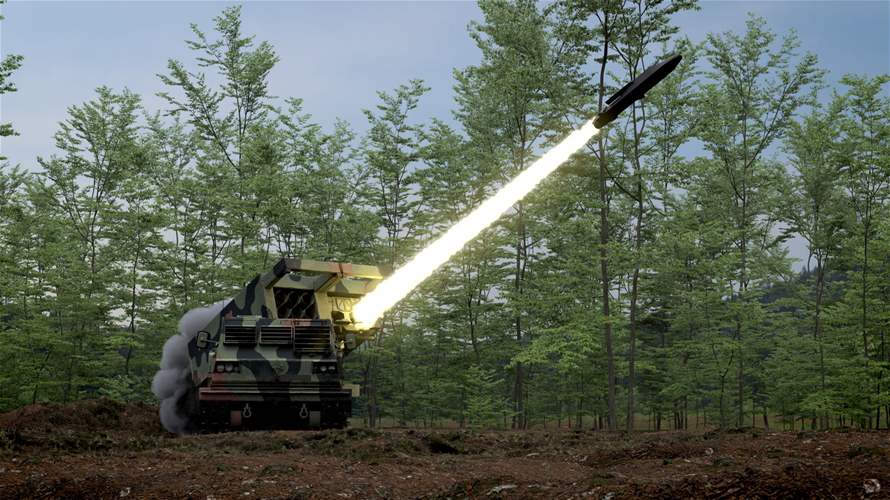Four European countries agree to jointly develop long-range cruise missiles

Speaking on the sidelines of the NATO summit in Washington after the signing ceremony, French Defence Minister Sebastien Lecornu said the new missile was meant to serve as a deterrent.
“The idea is to open it up as widely as possible,” he told reporters and suggested Britain’s new Labour government could join. “It has value, including on a budgetary level, because it obviously also allows the various costs to be amortized.”
A first draft of the weapon might be sketched out by the end of the year, he said, with the specifications such as the range to be worked out in more detail later.
He was speaking one day after Washington and Berlin announced they would begin deploying US long-range missiles on German soil in 2026, including the SM-6, Tomahawks, and developmental hypersonic weapons.
The deployment, condemned by Moscow as a “very serious threat” to Russian national security, is seen as a stop-gap solution until Europe has its own long-range missiles ready.
Cruise missiles with a range of several hundred km have had a revival since Russia’s invasion of Ukraine in 2022, with Moscow launching cross-border strikes and Kyiv hitting back at targets in Russian territory.
Europe’s existing stocks of cruise missiles include weapons launched by fighter jets, such as Britain’s Storm Shadow, France’s Scalp, and Germany’s Taurus with a range of some 500 km.
Unlike ballistic missiles, cruise missiles fly low, making them harder to detect by radar.
A military source said the aim was for the new ground-based missile to have a range of 1,000 to 2,000 km to meet NATO demands for such a capability.
Paris has suggested basing the weapon on a modification of its existing naval cruise missile MdCN (Missile de Croisiere Naval), made by European defense company MBDA that also produces Taurus, Storm Shadow, and Scalp.
MBDA, owned by Franco-German Airbus, British BAE Systems, and Italian Leonardo has been working on the development of an MdCN modification that could be fired from truck-mounted rocket launchers.
The development of a missile with a range exceeding 500 km means European NATO allies will in effect reintroduce a category of weapons banned under the Intermediate-Range Nuclear Forces Treaty until 2019.
The INF treaty signed in 1987 outlawed nuclear and conventional ground-launched missiles with a range between 500 and 5,500 km. It eliminated a whole category of weapons.
Reuters
Related
A New Book Argues That What Happens in Europe Doesn’t…
Remaking the World: European Distinctiveness and the Transformation of Politics, Culture, and the Economy by Jerrold Seigel “No issue in world
Poland plans military training for every adult male amid growing…
Poland’s prime minister, Donald Tusk, has said his government is working on a plan to prepare large-scale military training for every adult male in response t
2025 European Athletics Indoor Championships: Ditaji Kambundji secures women’s 60m…
Switzerland’s Ditaji Kambundji walked away from the 2025 European Athletics Indoor Championships in Apeldoorn on 7 March with much more than her first Europea
Takeaways from the EU’s landmark security summit after Trump said…
BRUSSELS (AP) — European Union leaders are trumpeting their endorsement of a plan to free up hundreds of billions of








